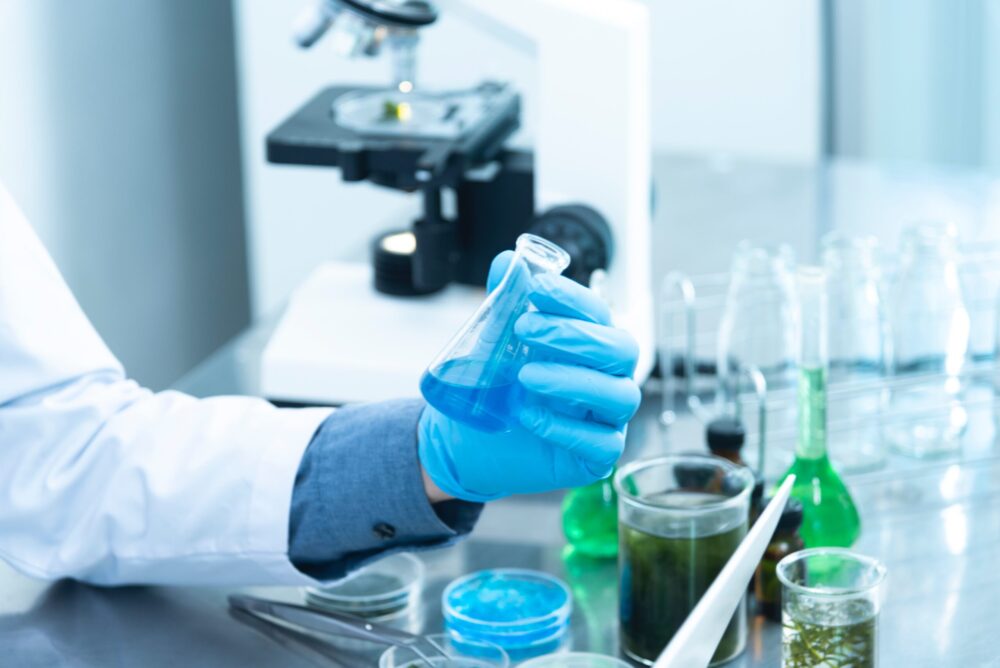Is Glycolysis Anabolic?
Glycolysis is an important energy source for cells. It breaks down large molecules into smaller ones and produces polysaccharides. It requires energy from ATP and cofactors. Glycolysis is also referred to as the breakdown of glucose. In a nutshell, glycolysis breaks down sugar into pyruvate molecules.
Anabolic reactions require cofactors
Anabolic reactions require cofactors, which are metal ions that carry electrons during a chemical reaction. These cofactors stabilize the functional groups of substrates, which are typically small molecules like amino acids, nucleotides, and monosaccharides. Anabolic processes are necessary for the growth and development of living organisms. These reactions build different tissues, like bones and muscles, and maintain normal organ function.
The human body uses carbohydrates, fats, and proteins as primary fuel sources. When these fuels are broken down, they release energy in the form of phosphoanhydride bonds and reducing equivalents. This energy is then used to generate ATP through the electron transport chain. The energy released from these reactions can be used in anabolic reactions to build new cells and tissues and rejuvenate organs.
The two types of metabolism are anabolic and catabolic. Anabolism is the building process and catabolism is the breakdown process. Both processes use energy to build complex molecules. Catabolic reactions break down molecules to make them simpler, while anabolic reactions use energy that is released by ATP.
They break large molecules into small pieces
Anabolic glycolysis is a process by which the body breaks large molecules into small pieces and uses them to build new ones. The process is divided into two main phases, energy consuming and energy yielding. The energy-consuming phase requires two ATP molecules while the energy-yielding phase produces four. Thus, the net gain is two ATP molecules.
In contrast, catabolism breaks large molecules into small pieces to release energy. It also releases ATP. Anabolic glycolysis is the process in which carbohydrates are broken down into smaller pieces. Hence, these two pathways are necessary for energy balance. Moreover, they are both part of the process of ATP production.
They synthesize polysaccharides
In plants and animals, glucose is stored in the form of polysaccharides such as starch and glycogen. The synthesis of polysaccharides is an energy-consuming reaction. The formation of glycosidic bonds requires the removal of water from the two sugars involved. This step must be coupled with a reaction that yields energy. Glycolysis synthesizes polysaccharide chains from simple sugars.
This process produces several compounds including amino acids and lipids. The products of glycolysis include phosphatidylserine, phosphatidylethanolamine, phosphatidylcholine, and phosphatidylinositol. The amino acids obtained are used for the synthesis of proteins, lipids, and polysaccharides.
The process of anabolic glycolysis utilizes energy from ATP to synthesize macromolecules, polysaccharides, and polypeptides. In addition, the process also produces nucleic acids, amino acids, and fats from a two-carbon unit. ATP and ADP are required to catabolize glucose. Excess pyruvate is converted into acetyl groups. Vitamin B is involved in this process.
They require energy from ATP
The production of energy in the process of glycolysis requires energy from ATP, the energy currency of metabolism. ATP is a nucleotide composed of a nitrogenous base adenine and the five-carbon sugar ribose. It is a mid-energy molecule that is used by the body to power many metabolic processes, including phosphorylation of other compounds. Adenosine diphosphate, or ADP, is synthesized from ATP.
Glycolysis is a process that breaks down carbohydrates, amino acids, lipids, and proteins into simpler molecules. The body can then use these simpler compounds to generate energy for various anabolic processes. However, it is important to understand that anabolic glycolysis requires energy from ATP to be effective.
Anabolic glycolysis is one of several biosynthetic pathways in the body. In addition to generating sugar from CO2, the cell also synthesizes large proteins from amino acids and DNA strands from nucleic acids. These biosynthetic processes are essential to the life of a cell, and they consume energy from ATP and other high-energy molecules.
The electrons generated by glycolysis are delivered to the mitochondria via the shuttle system. The resulting flow of electrons results in two instead of three ATP molecules per molecule of glucose, reducing the yield from 38 to 36 ATPs.
They produce pyruvate
Pyruvate is the final product of the glycolysis process, wherein the three-carbon molecule alanine is converted into a two-carbon acetyl group. This product is then funneled into the Krebs cycle. In this process, several enzymes are involved.
Pyruvate is then converted into lactate under anaerobic conditions. Under aerobic conditions, it enters the Krebs cycle, also known as the citric acid cycle or the tricarboxylic acid cycle. This reaction generates two ATP molecules and three NADH molecules. The two-carbon acetyl group is then attached to a large carrier compound, namely coenzyme A, and the process is completed.
The glycolytic pathway also generates pyruvate through the metabolism of amino acids. Proteins account for nearly 10% of the body’s energy needs. However, not all amino acids are channeled through pyruvate. Some are channeled through the cellular respiratory machinery, while others are converted into lactate. Alternatively, pyruvate can also be produced through the citric acid cycle or through the anaerobic fermentation process.
The process is divided into two phases, each requiring a certain amount of energy. The first phase requires two ATP molecules to begin. The second phase produces four ATPs. In total, each glucose molecule produces two pyruvate molecules, two high-energy ATP molecules, and two electron-carrying NADH molecules.
They are reversible
Glycolysis is a ten-step process in which seven of the steps are reversible. Three of the steps are effectively irreversible. The first step involves the conversion of glucose to glucose 6-phosphate. The third step involves the conversion of fructose to fructose 1, 6-bisphosphate, and the final step involves the formation of pyruvic acid.



